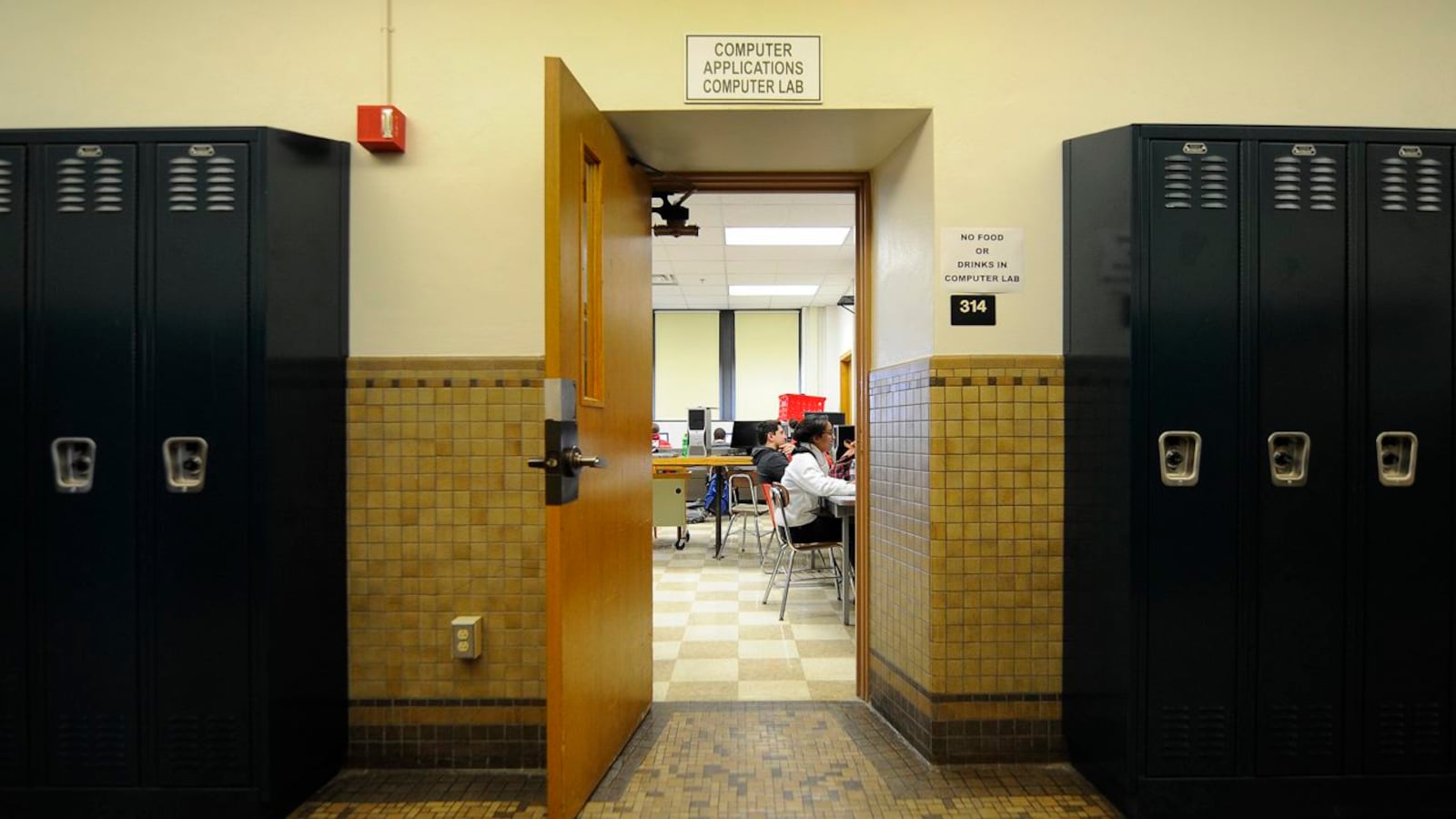Even as Indiana is grappling with how to condense high school diplomas to comply with a new federal law, lawmakers are considering creating a new one for students with severe disabilities.
The “alternate” diploma would not affect Indiana’s efforts to create new graduation requirements, known as graduation pathways. It also doesn’t really factor into debates over the general diploma’s inclusion in the graduation rate. But it does take advantage of the same law that excluded the general diploma and has posed some of Indiana’s compliance problems, the Every Student Succeeds Act.
The new federal law says states can offer alternate diplomas to students with severe cognitive disabilities, opening a door for those who otherwise would not have been graduates. The idea was amended into a House bill on Thursday.
Earning a diploma can give students more opportunities for employment after graduation. It also means that these students would count in Indiana’s graduation rate, allowing their academic achievements to be recognized alongside their peers. For special education advocates, a priority has been to make sure as many students “count” as possible and ensure they are receiving the education and support they need.
Under the proposal added to House Bill 1426 from Rep. Bob Behning, an Indianapolis Republican who is chairman of the House Education Committee, the Indiana State Board of Education would create the diploma. It would have to be based on Indiana academic standards and reflect the goals of a typical diploma, but it would allow for classes more suited to the needs of students with cognitive disabilities.
Alternate diplomas, in place in 24 states as of 2016, mirror requirements in typical diplomas, but they are designed to include students who might not be able to complete traditional academic classes. Students with severe cognitive disabilities make up about 1 percent of students in Indiana. For that reason, the alternate diploma is not intended to be for all — or even most — students receiving special education services. The majority of Indiana’s students with disabilities earn a Core 40 or general diploma, and having an alternate diploma shouldn’t change that, advocates say.
Indiana education officials wouldn’t necessarily be starting from scratch — a template for this diploma already exists.
Currently, students with severe cognitive disabilities can receive a certificate of completion. Until recently, the certificate was based upon a loosely defined plan that did little more than show a student attended school and met goals on their Individualized Education Programs.
In anticipation of the federal rule change and in an effort to make the credential more meaningful to students and employers, the certificate was revamped last year to more closely align with the state’s Core 40 diploma and state standards. An option for today’s eighth-graders, the new certificate includes specific academic requirements, such as a minimum of four math credits and a final project to prepare students for the workforce, such as an internship.
The changes now mean it can serve as a template as the state board moves ahead with creating an alternate diploma. It’s already been vetted by state education department officials.
The amendment says no more than 1 percent of the state’s students could receive the alternate diploma each year, and it must comply with federal rules. That’s about the same percentage of students who generally receive a certificate of completion. Last year, about 1,086 Indiana students, or 1.3 percent, received a certificate.
Advocates have been split about whether the state should move forward with an alternate diploma. On one hand, more students can be counted toward the graduation rate and earn diplomas. But some are worried that a “special education diploma” might be abused and pushed on students who, with more help, could earn a typical diploma.
Kim Dodson, executive director of The Arc of Indiana, which advocates for people with disabilities, said she worked with Behning on the amendment and is encouraged that the state could have more diploma options for special education students. That said, guardrails are necessary so that it isn’t used improperly, she said.
“We feel very strongly about the 1 percent cap, as we certainly want to make sure schools push students toward the Indiana Diploma with the appropriate distinction,” Dodson said. “Our goal continues to be high standards and a push for a high school diploma so that many opportunities await students who received special education services after high school.”

